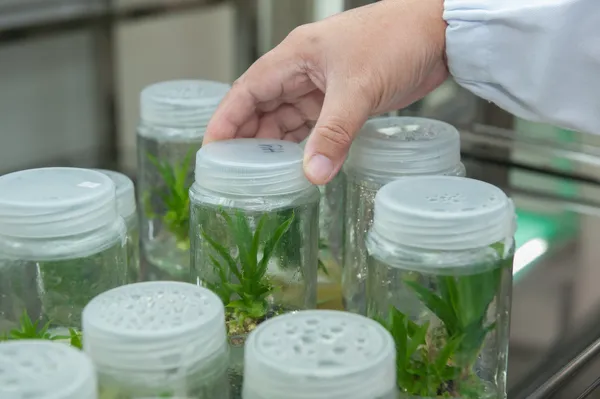Sippin’ ideas for Circular Economy
Nowadays, Environmental issues became Top priority topic that Thai society is very alert. Global temperature rises so rapidly that if we not urgently corrected it, it may affect the survival of human being. Changing consumers behavior by using 3R principles like Reduce, Reuse, Recycle are not enough anymore. Hence, it’s a good timing for Manufacturers to study and act well by introducing the concept of “Circular economy”.

image by cisco.com
Circular Economy is the design of the economy to revolve in an endless cycle. Its principle is a holistic concept that encompasses 3 key principles:
- Designing products and services that focus on preserving natural resource costs;
- Optimizing resource utilization by circulating raw materials and products, and
- Minimize waste and negative externalities on the environment as much as possible.
These 3 principles make the traditional production system or linear economy which is Disposable and Profit-oriented production (make-use-dispose), to transitioning to a circular production system that focus on reusing raw materials from used products (make-use-return). Developing to use clean energy while minimize negative impacts and increase positive impacts to the economy.
“Making the shift to a circular economy won’t be easy. But the reward — a world where people, nature and economies can all thrive — will be worth the effort.”
By David Mcginty, WRI.org
We don’t need to cut down trees to make furniture anymore!!
It is undeniable that lumber or wooden products are still in demand by everyone around the world. A group of scientists came up with a way to “Create a wood inside the Lab” which can be used in practice without having to cut a single tree.

Plant cells have a hidden miracle: stem cell-like properties. Also known as stem cells, they can be easily noticed when you cut a branch or pluck a leaf from a tree. The tree will soon be able to eventually grow new branches or leaves from it. It is this feature of stem cells that scientists are interested in because stem cells can induce changes as needed. (Left image by PxHere)
Thus, cells collected from any part of the tree can be completely transformed into “wood” without the need for seedlings to grow into a large tree.
Scientists collected cells from the leaves of the zinnia plant and then cultured them in a liquid medium rich in nutrients and hormones. Plant hormone is the Key to turning normal cells into wood, as well as the conversion of human stem cells that can be influenced by hormones to transform into specialized cells.
Some readers may wonder, how about culturing plant stem cells into wood? Can it really be used to make furniture?
3D-bioprinting is at the heart of this point.
To be continue…Episode 2 of the Circular Economy
Credit:
